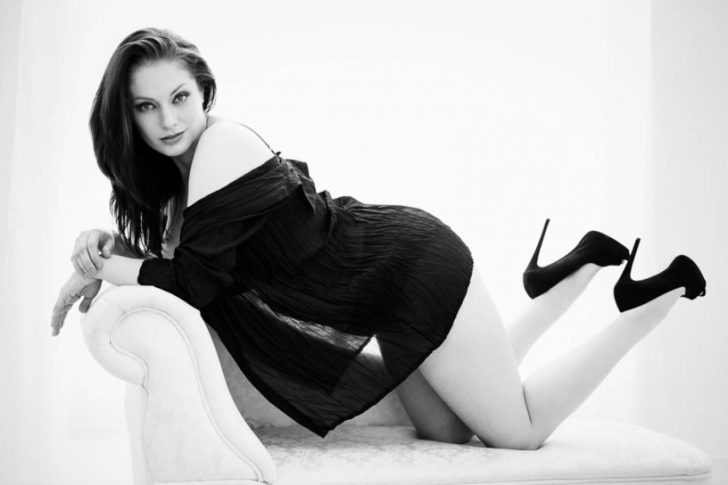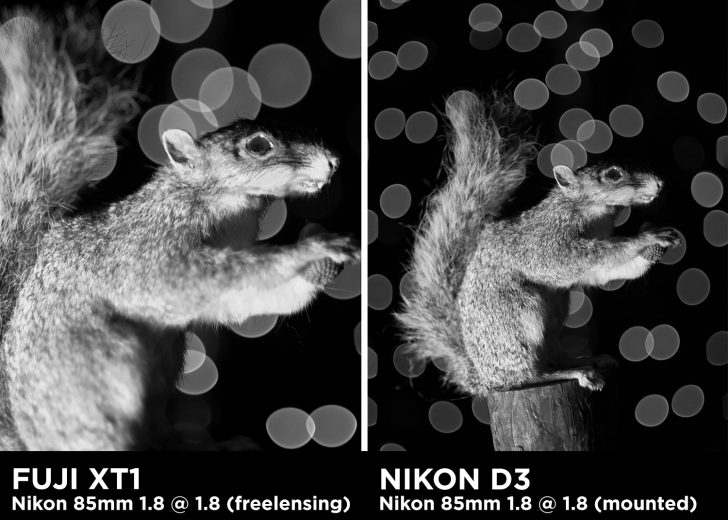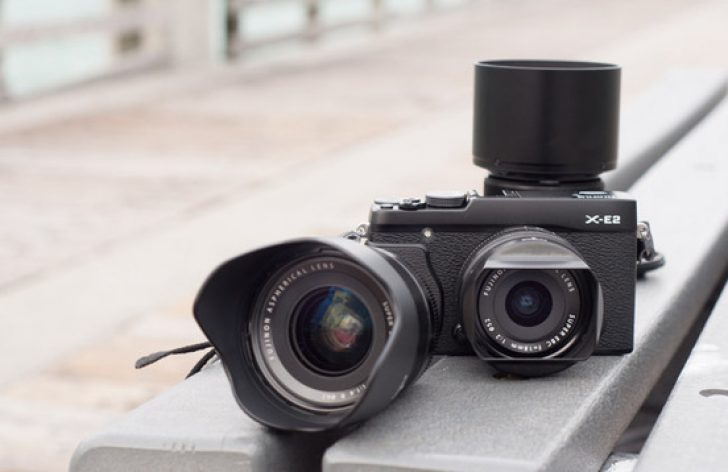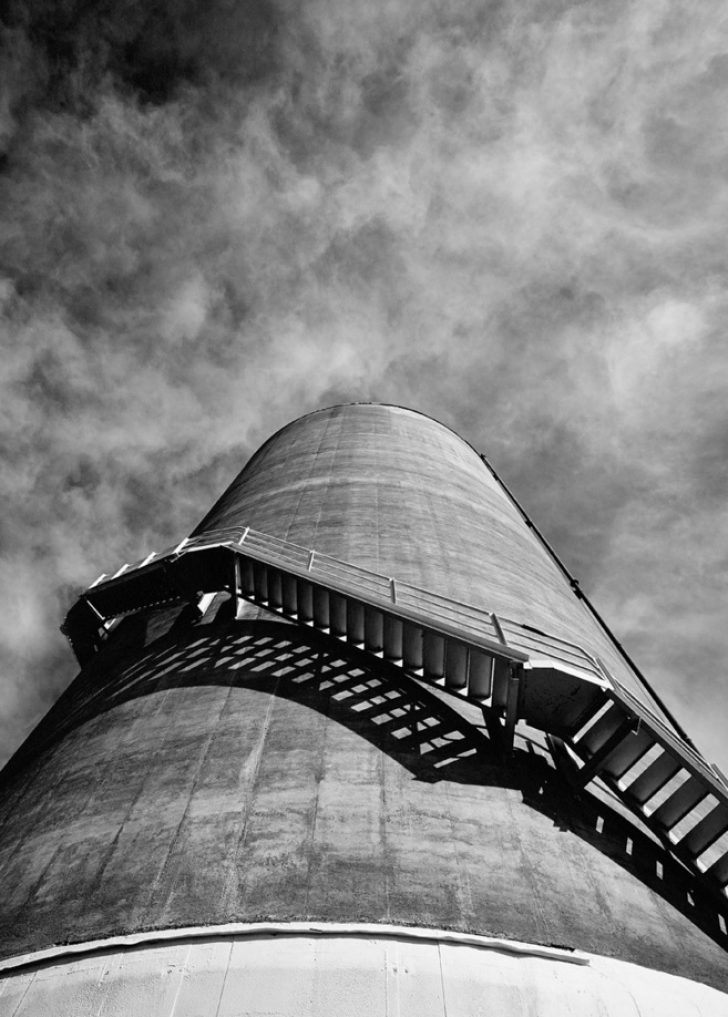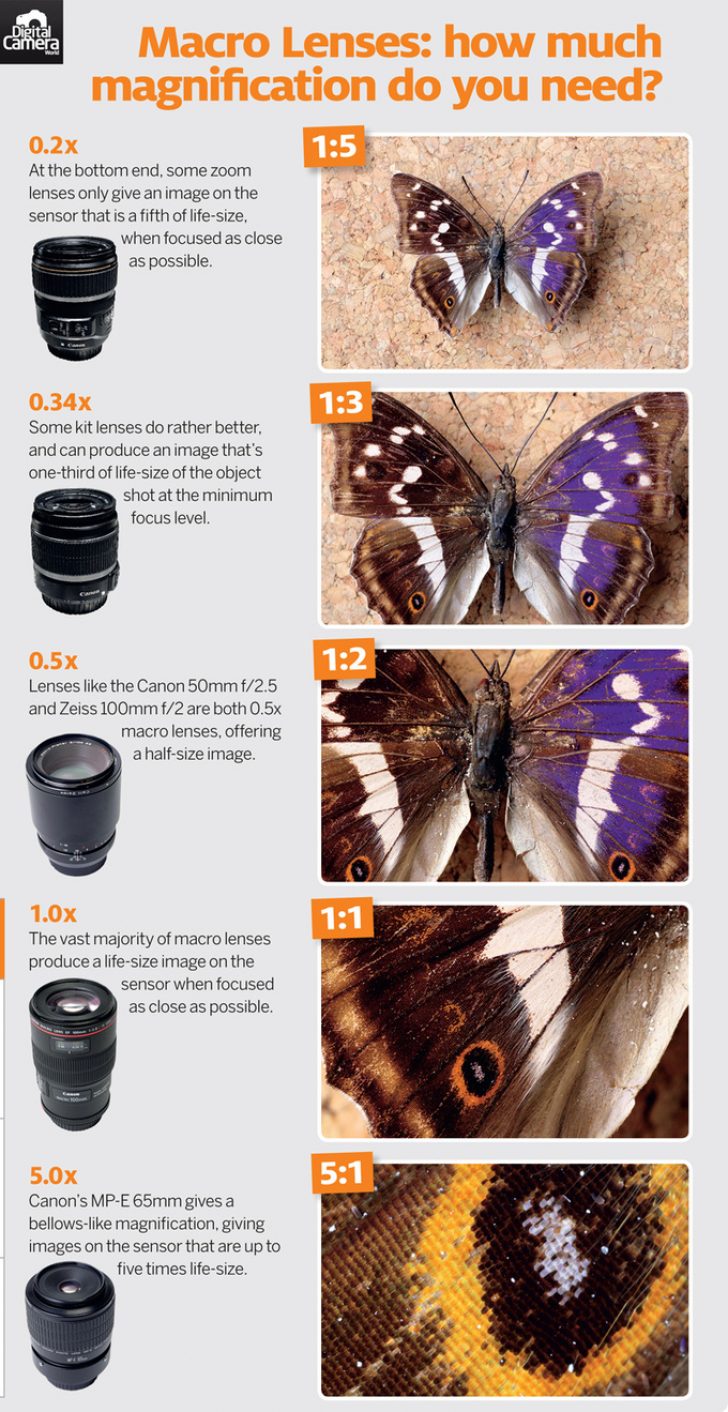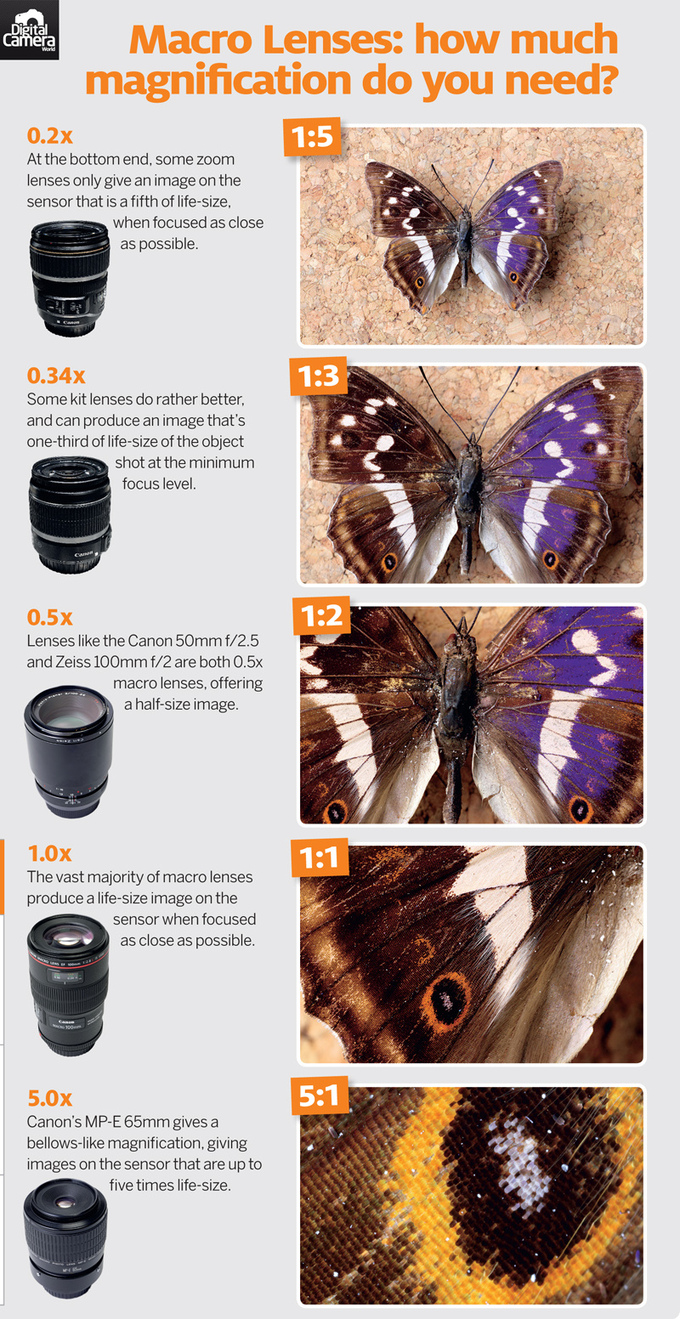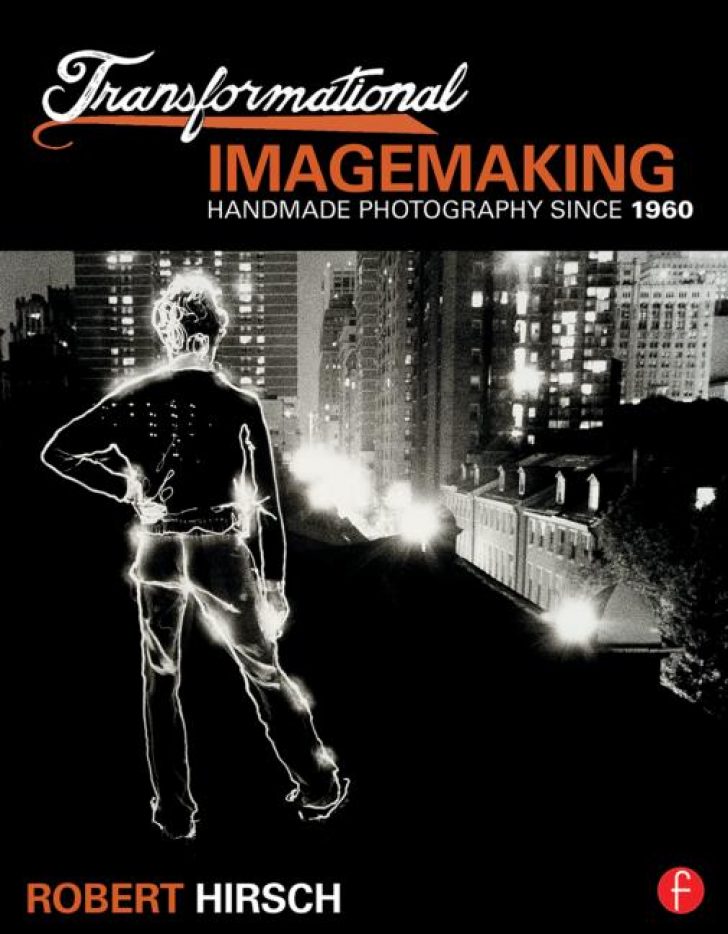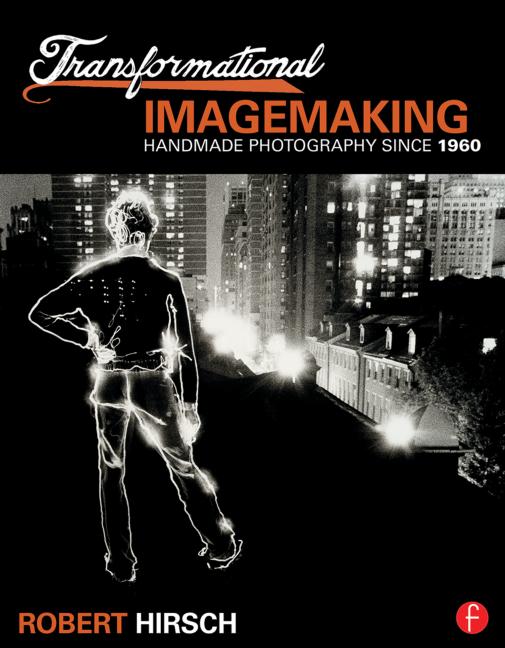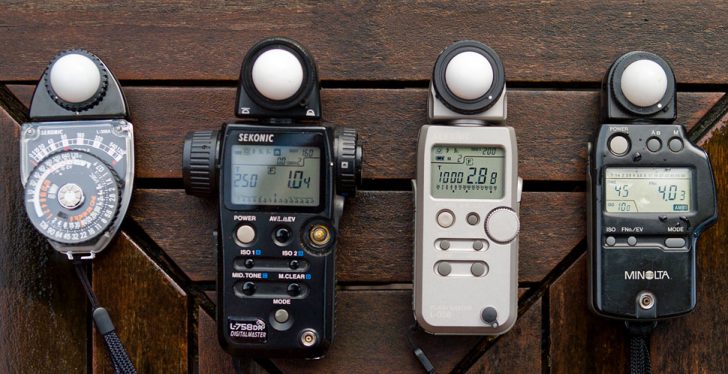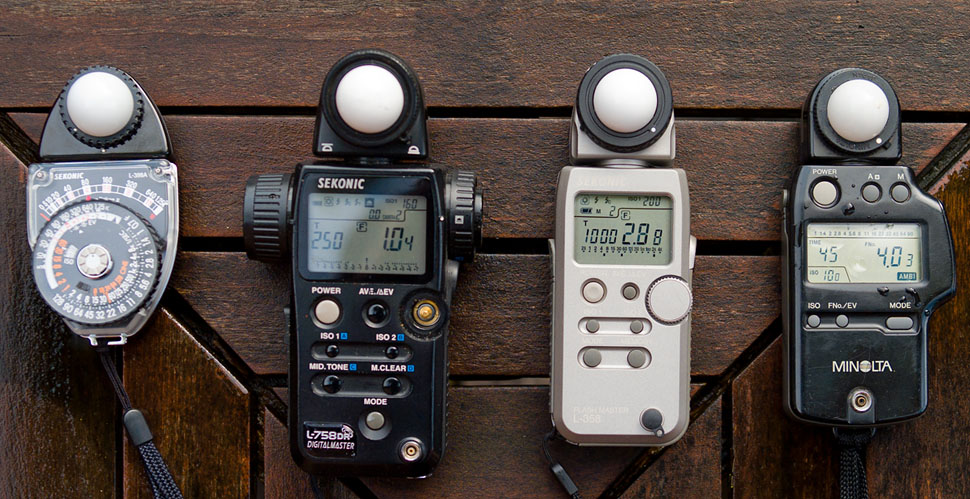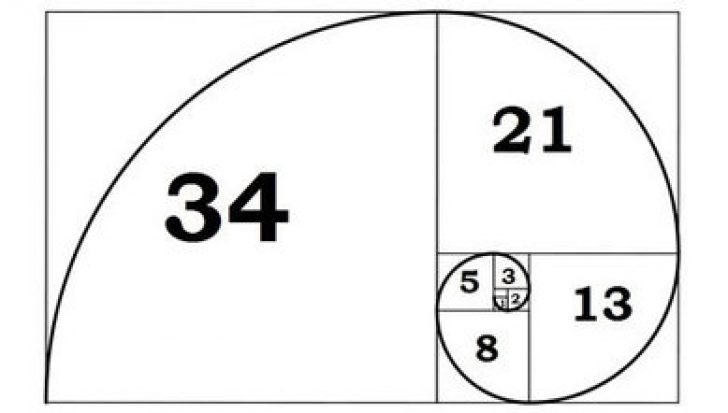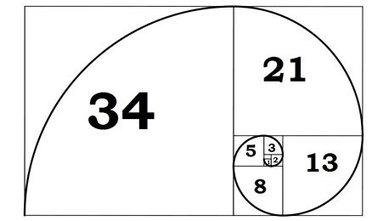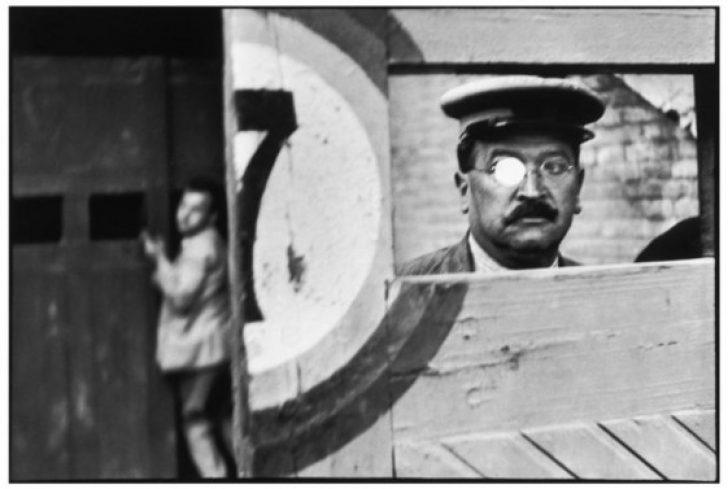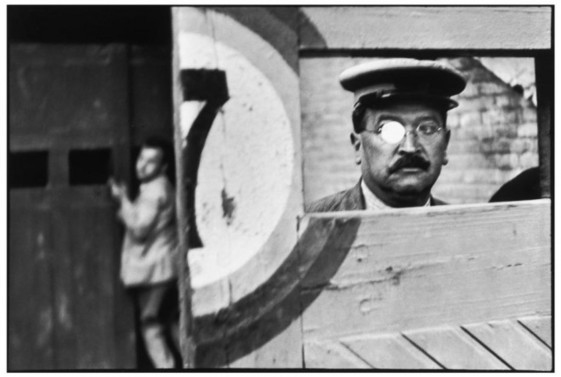How To Capture The Decisive Moment in Your Photographs |
Faby and Carlo
The Decisive Moment is a book by Henri Cartier-Bresson. More than that, though, the decisive moment is the fraction of a second in which photography matters. The decisive moment is about capturing the right expression, the right emotion in your Read more …
Camera Raw 8.6 and Lightroom 5.6 Now Available! | Adobe
For more information on Camera Raw 8.6 and Lightroom 5.6 – including new camera support and bug fixes – please view the release notes on the Lightroom Journal blog. Or, click here for Camera Raw and click here for Lightroom….. Source: Read more …
Crop or Crap :: Math or Moment | Dedpxl
So why am I back pedaling now? I started shooting personal work with my little Fuji. Then I pulled it out on jobs from time to time because I loved that little camera. Then I used it more. Then I Read more …
Crop or Crap? Zack Arias Tackles The Question Of Full Frame vs
Crop Sensors | SLR Lounge
Zack Arias is one of the biggest names in photography education of recent years. He built his name on the idea that a photographer can use one light to create stunning images. Today, I am sharing a recent video Zack Read more …
Light, Form, Function – Breaking Symmetry | Sven Schroeter
Ever since Silo park opened to the public and was transformed into a recreation area, it has become an increasingly popular photographic subject. The tall standing towers, with stairs spiralling to the top, are perfect for symmetric, abstract, fine art Read more …
What is a macro lens? Magnification and minimum focus
distance explained | Digital Camera World
Our photography cheat sheet answers the question ‚What is a macro lens?‘, explaining the different magnifications and minimum focus distance
Source: www.digitalcameraworld.com
Transformational Imagemaking: An Interview with Robert Hirsch |
Photo.net
….my position has been that all photographs are constructions. The “window on the world” point of view is based on where the photographer is standing, the time of day, the quality of light, what equipment and processes are utilized, what is included and excluded in the frame, and so on. What determines the photographic outcome we see in magazines, museums, galleries, and in all forms of media are largely determined by this realistic perception mindset. I’m interested in haptic imagemakers who are expressionistically interpreting their subject matter. In place of an outward linear narrative, these artists often rely on an inner psychological approach to their storytelling. This encourages their unconscious to come to the fore and reveal multiple pathways for viewers to explore both the subject matter and the maker. Regardless of their approach, these artists delight in the act of picturemaking……
Source: photo.net
Using an external lightmeter for accurate, failproof metering |
Thorsten Overgaard
The advantage of using an external light meter is that you deal with an absolute reading of what light there is, not what the reflection is from some default background. Important: If you look at the white bubble on the lightmeter you can see that it is held in an angle so the light and shadow on each side equals the light on the face (the window highlight to the left and the shadows from the room to the right). It is an artistic decision where to hold the light meter, because if you tilt it a bit to the left in this picture it will pick up more light from the window and give a slightly darker exposure. If there is strong light coming in from the window that would be an idea as you then make sure the bright side of the face is correctly exposed, whereas the shadow side of course till be darker (as the whole exposure gets darker)………
Source: overgaard.dk
4 x 3, 3 x 2, 16 x 9, 1 x 1… What’s the Ideal Image Aspect Ratio? |
Theme
There is no ideal image aspect ratio. Depending on the situation, each and every crop ratio has its own pros and cons. Personally I prefer the more landscapy 3 x 2 format, digital imaging’s equivalent to film’s classic 35mm proportions. To some it seems unnatural. Also, the more squarish 4 x 3 offers better corner performance. With all the aspect choices digital cameras offer, which one to go for? If you’re one of the few human beings left who prints photos, most labs will print uncropped if you ask them to. If you don’t specify they will usually fill the paper size or chop off the borders, notwithstanding the possibility that a group portrait of your Micro Four Thirds camera just lost auntie Ann and uncle Joe. Aspect ratios matter………
Source: www.the.me
Why Sharpness is Overrated in Street Photography | Eric Kim
Sharpness is over-rated in street photography. Even Henri Cartier-Bresson once said, “Sharpness is a bourgeois concept.” I remember when I first saw one of HCB’s exhibitions in person in Paris, I was surprised by how soft most of his shots were. And many of his photos were significantly out of focus (thinking about the famous shot of the man in a bullfighter’s ring in Spain (above). When I stated street photography, I was obsessed with sharpness. This of course, was due to all the nerds on gear forums who showed corner to corner sharpness tests on brick walls. I was suckered into thinking a sharp photo was a good photo. However once I discovered the work or Daido Moriyama, I realized that a good photo didn’t need to be sharp. In-fact, a grainy, out of focus, and soft photo often had more mood, emotion, and soul than an uber-sharp photo…….
Source: erickimphotography.com

